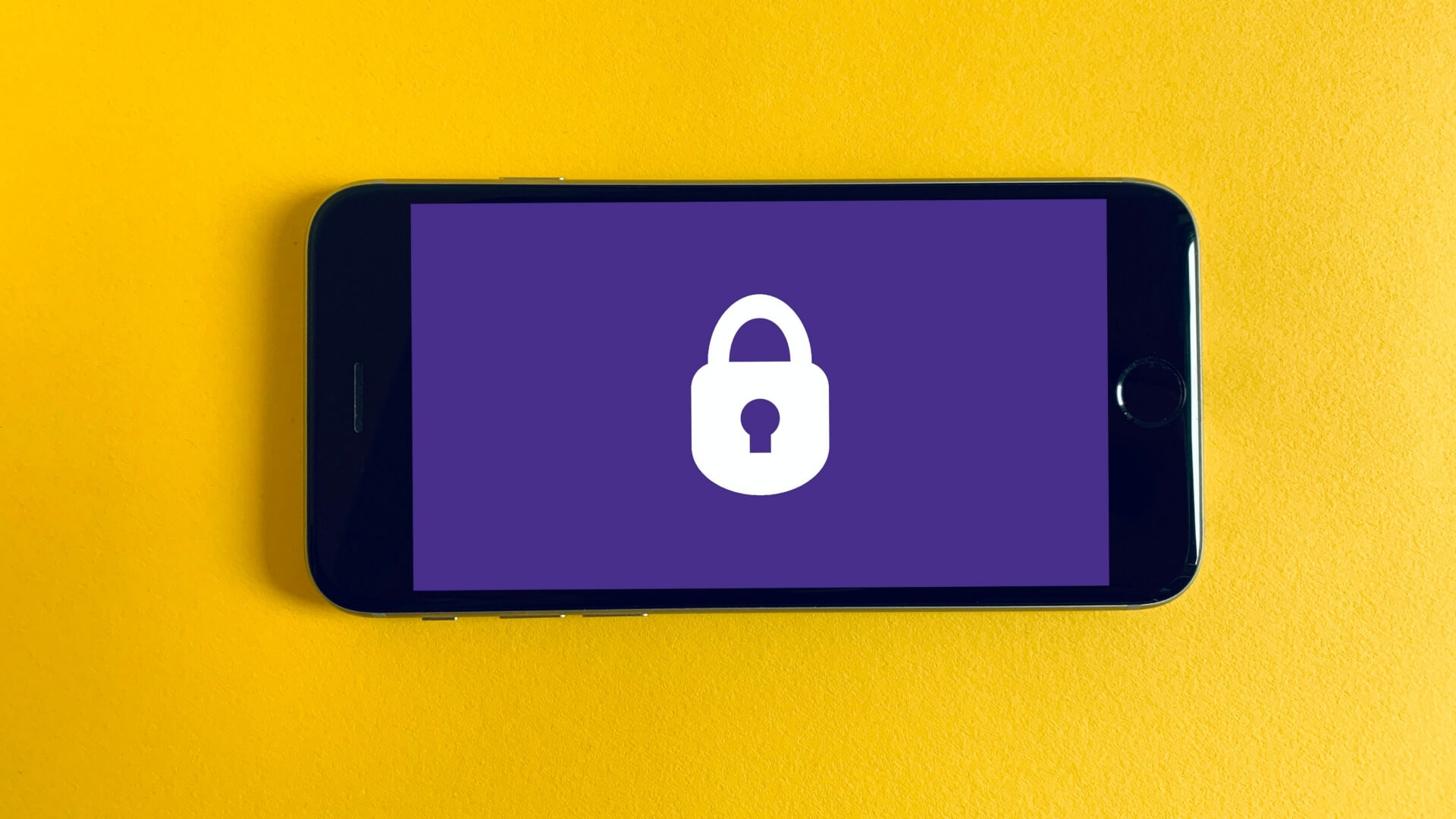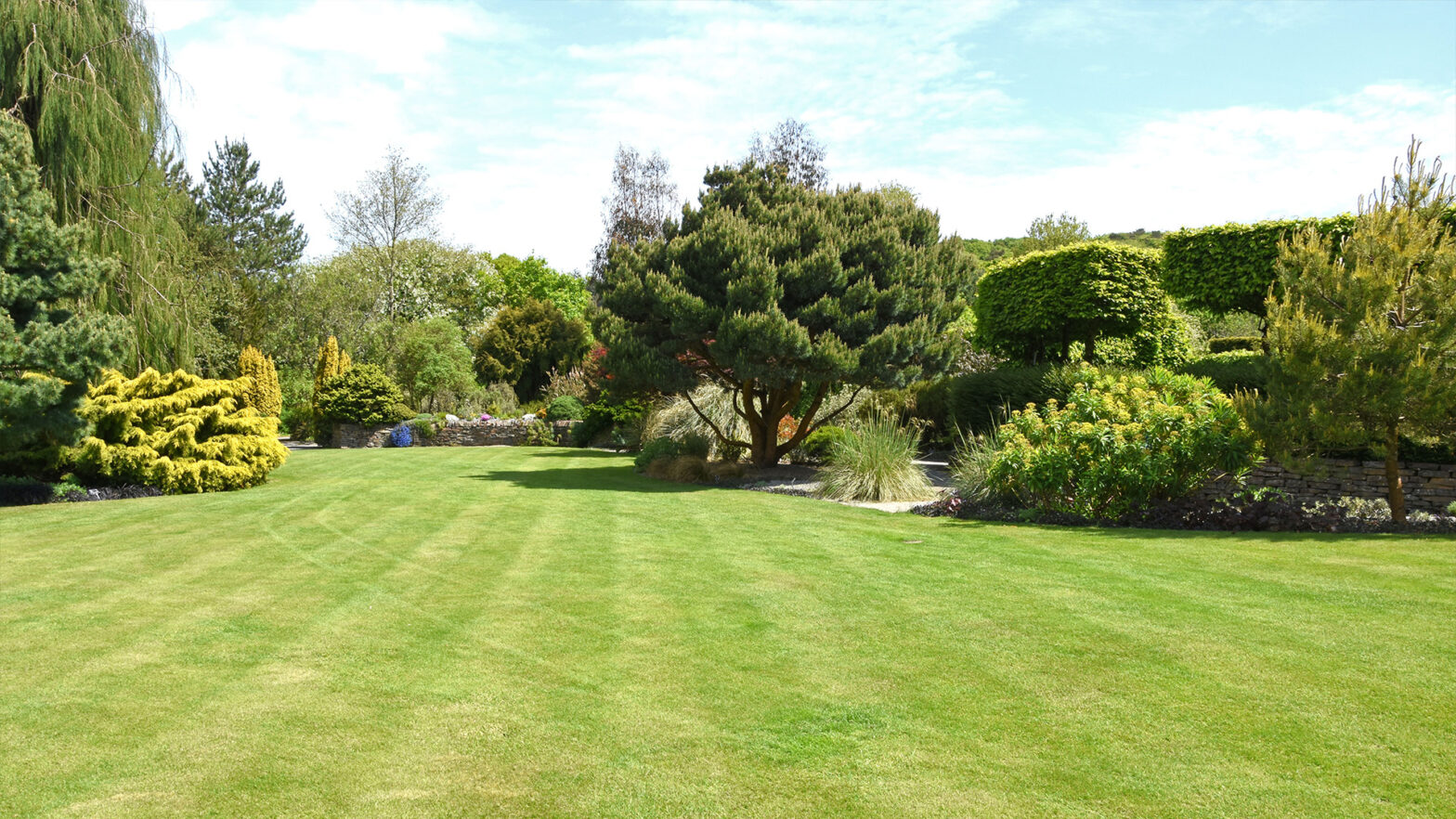
If you’re like most people, you probably have some valuable belongings in your home. You might have jewellery, art, electronics, and other items worth a lot of money. The good news is that it’s possible to keep all of these things safe while still enjoying the freedom of not having them cluttering up your house all the time. This step-by-step guide will allow you to manage and safely keep all of your valuable belongings quickly and efficiently.
1.Build an Inventory
To avoid forgetting anything, building a working inventory of all your essential belongings is crucial. You can make copies of this list and keep them in multiple places, like at home and work. If you have valuable items stored away in a storage unit, make sure to include those as well.
If you’re planning on keeping some items at home while storing others elsewhere (like if you don’t have enough space or are moving out), it’s best to create two separate inventories: one for items you plan to keep at home and one for those going into storage. By being thorough in this process, it will be much easier for you to keep track of all the items!
Pro Tip: Instead of building an inventory on a piece of paper, opt for software. Not only will you be able to create a list quickly, but with a little bit of practice, you can tag each item with “storage” or “home” to keep track of their current location.
2. Decide What You’ll Keep and What Goes in the Storage Unit
The next step is deciding what stays and what goes. While it’s nearly always recommended that you keep all your valuable items in one place, doing so may not always be realistic. For example, if you’re moving out of town temporarily or subletting an apartment, it might be necessary to put some of your belongings into storage until a later date when they can be retrieved again.
Whatever the case may be, certain documents and items should always remain accessible at all times. Keeping these items in a safe deposit box at the bank would be ideal because it will prevent them from being lost or stolen if anything happens to the storage unit itself. Examples include:
- Identity documents (driver’s license/passport/ SSN card)
- Utility Bills
- Insurance documents
3.Check Out Storage Facilities
Now that you have an idea of the items that need to be kept in storage, there are a few more things to consider before making a decision.
Visit The Facility
Always pick a facility nearby so you can access your items as needed. You should visit the storage facility and check out its location. Is it in a safe neighborhood? How far away from home is it? Are other companies nearby offering similar services (like moving companies or furniture stores)? What happens if your belongings get damaged by a flood, fire, or natural disaster? How will they handle that situation? Ask them as many questions as possible to ensure it is the right fit!
Cleanliness
When you visit the facility, make sure it is clean and organized. If not, that could be a sign of poor management. Ask about their cleaning schedule and how often pest control inspections are done on the premises. Additionally, inquire if they offer climate-controlled storage options. If you plan on keeping your valuables in the facility for the long run, a climate-controlled room will keep humidity levels in check to prevent damage to your items.
Security
Next, check out the security at each facility. Ask about their cameras and whether they have motion detectors installed. If you’re renting space for valuables like jewelry or antiques, ask if those items will be kept in an area with additional added protection (e.g., an alarmed vault).
Pests
Make sure that whichever facility you go with takes steps against pests before making any decisions! This includes sealing cracks/crevices around doors/windows as well as treating all surfaces with pesticides every month so that bugs won’t have access points.
4.Label Boxes
Labeling boxes is an essential part of storing items regardless of their value. Make sure you use sturdy boxes and label them well so that you can easily and quickly sort through everything when it comes time to unpack. Use a label maker or hand write the labels. Make sure they are easy to read and durable enough so that they don’t peel off when boxes get moved around.
For example, instead of labeling your box “Dishes,” label it “Kitchen” or something more specific such as “China” or “Silverware.” When sorting through hundreds of boxes, it will be easier to find all of your dishes if they are grouped together.
5.Invest in a Portable Safe
A portable safe can come in handy for the items you will be keeping at home! It is a small storage unit that can be used to keep valuable belongings away from prying eyes. An excellent portable safe will have the following features:
- Robust construction and durable materials.
- An easy-to-use keypad for opening with a code or fingerprint scanner.
- A light indicator for when the door is open or closed (so you don’t leave it open!).
The size of the safe will be dependent on your needs. A small safe will make do if you plan to keep your essential documents, such as checkbooks. However, you will need to invest in a safe with more capacity for bigger items, such as jewelry.
6.Don’t Give Out the Access Key
Whether it’s for the storage facility or the safe, the first rule of safe usage is not to give out your access key to anyone. This is because if you do, it will be easier for someone to break into it without your knowledge. They can also get their hands on whatever valuables you have inside. If you have to give out your access key, ensure it is only for those who are trusted and will not abuse the privileges. An excellent way to keep track of this is by keeping a logbook of all individuals who have access to your safe or storage facility.
7.Insure Your Belongings of High Value
If you’re a collector of antique books or your home contains collectible art, jewelry, silverware, and other valuable items, insuring them is a good idea. If you can’t afford the premiums of standard home insurance policies or have high-value items that aren’t covered by them at all (e.g., fine art), a specialized policy may be necessary.
Homeowners’ insurance covers damage inside an insured property caused by perils such as fire or theft. But it doesn’t cover damage caused by earthquakes or floods, and leaking pipes don’t qualify for coverage either. Even if your possessions aren’t damaged in this way, they should still be covered under standard homeowners insurance because they could be stolen and sold.
To file a claim against your homeowners’ policy when something happens to one of your valuable belongings requires filling out forms that give details about what was lost or stolen and gathering proof (e.g., receipts) that show how much money you paid for each item in question so that settlement checks will reflect their true value rather than just covering replacement costs
8.Secure Your Home
It is crucial that you have a working home security system with an alarm system that can be activated in the event of a break-in. You should also consider investing in a car alarm so thieves cannot steal anything valuable from inside of it. If you work in an office building or other business, make sure you take advantage of any available security measures, such as card readers and cameras placed around the perimeter.
9.Keep a Virtual Copy of All Documents
Once you have packed your belongings and are ready to store them, it is crucial that you keep a digital copy of all your important documents. To do this, invest in a good scanner or use a mobile app to scan items so they can be stored digitally. Some examples include:
- Your passport
- Driver’s license
- Birth certificate (and other family member’s birth certificates)
10.Backup Data Regularly
If your valuables mainly consist of virtual documentation, make sure to regularly backup all of your data. This includes photos, documents, and other files on your computer. If you’re storing a lot of important information on your computer, consider backing it up to an external hard drive or cloud storage services like Google Drive or Dropbox so that it is accessible even if your laptop stops working.
You can also back up your data to a flash drive. This makes it easier to carry around on the go, but it is more susceptible to damage if you drop or lose it.

Now that you know how to keep your valuables safe, it’s time to start storing them. But don’t worry—plenty of storage facilities are ready to help you! With this guide as your go-to resource for all things storage unit related, we hope you can find the perfect spot for all those items that just don’t fit in your home anymore (or never did).




















